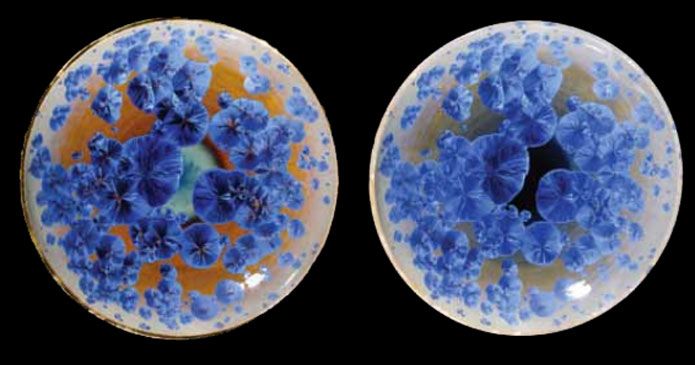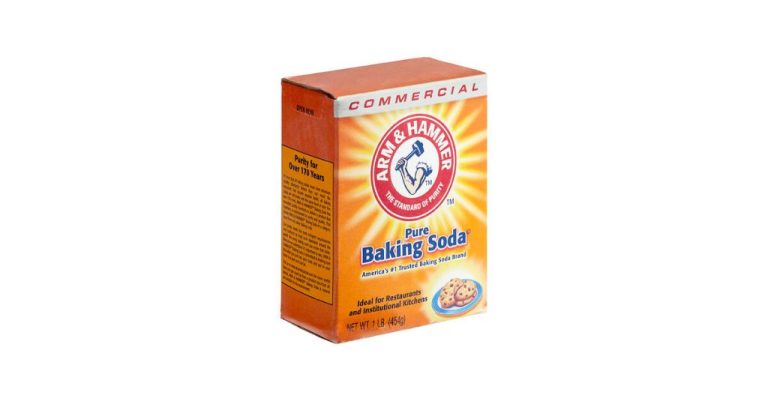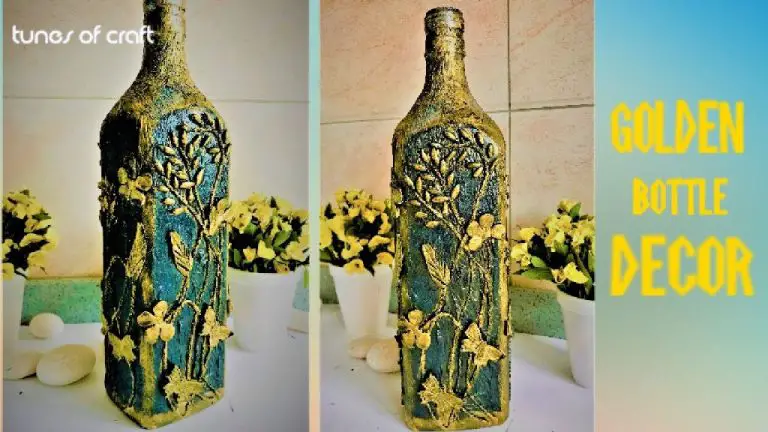How Do You Glue Broken Ceramic?
Repairing broken ceramic items can seem daunting, but with the right supplies and techniques, most breaks can be fixed. Ceramics like plates, mugs, vases and figurines are brittle and prone to cracking and shattering when dropped or impacted. However, ceramics can often be glued back together using special adhesives. The key is to thoroughly clean the broken edges, apply the adhesive evenly, properly align the pieces, clamp them together, and let the glue fully cure. With care and patience, you can often repair ceramic items with breaks and cracks so that they are structurally sound and look great. This guide will walk through the complete process of gluing broken ceramics.
Assess the Damage
The first step is to thoroughly examine the broken ceramic piece. Look at the type of break – is it a clean snap or are there multiple fragments? Are any pieces missing? Examine the edges of the break – are they jagged or relatively smooth? The more fragmented and jagged the break, the more difficult it will be to achieve an invisible repair. However, with care and patience, even ceramic with multiple broken shards can be mended. Consider whether the broken area will be visible or not in the item’s final position. Inconspicuous areas like the bottom or back are easier to repair.
Also check the color and pattern of the ceramic. Solid colors are the easiest to blend, while intricate patterns may show seams after repair. Inspect any glaze or decorative finishes. It may not be possible to exactly match special surfaces like metallic paints or crackle glazes.
Assess whether the broken edges can be matched up and realigned – this will make gluing easier. Gently cleaning the broken edges with a soft brush can help you see how the pieces fit together. Handle fragile ceramic carefully to avoid further damage.
It’s also important to consider what type of ceramic you are repairing. Porcelain and bone china contain kaolin clay and are generally harder and less porous than earthenware. Stoneware is non-porous and dense. Terra-cotta, with its coarse texture, can be more difficult to repair seamlessly.
Finally, decide if the repair is worth the effort based on the severity of damage and the value of the item. Some breaks may be too complex for an amateur repair. But with patience, most ceramic repairs can produce good results.
Gather Supplies
When repairing broken ceramic, you’ll need to gather the appropriate supplies to get the job done right. The two main types of adhesives used for ceramic repair are super glue (cyanoacrylate) and epoxy.
Super glue, or cyanoacrylate, provides a fast-drying and strong bond for ceramic repairs. Popular brands like Loctite Super Glue are designed for bonding ceramics and glass (source). Just be sure to choose a super glue formulated for ceramics and porcelain rather than wood or plastics.
For more heavy-duty ceramic repairs, a two-part epoxy is recommended. Epoxy adhesives like the Gorilla 2 Part Epoxy provide a very strong and durable bond for broken ceramics and pottery. The epoxy resin and hardener must be mixed in equal parts before application (source). Epoxy takes longer to cure but will hold up to repeated washing and long-term use.
You’ll also need items like small clamps, mixing sticks, tape, and q-tips for applying the adhesives. Have a soft cloth and ceramic-safe polish ready for the final steps.
Clean the Surfaces
Before gluing, it’s important to clean the broken edges that will be bonded. Remove any loose pieces or chips so the surfaces will be even. According to Ceramic Glue and You: Everything You Need to Know (https://www.lepage.ca/en/know-how/everything-glue/tips-on-how-to-select-a-ceramic-glue-and-how-to-use-it.html), use a stiff brush or toothpick to clear out any dirt or debris between the pieces.
Make sure the surfaces are completely clean and free of any oils, dust, or grime that could interfere with the adhesive. You can wipe the edges with a cloth dampened with rubbing alcohol to remove any residue. Allow the pieces to fully dry before applying the glue.
Apply Glue
When applying the glue, be sure to follow the directions on the package for best results. Super glues and epoxy glues often come with applicator tips that allow you to squeeze out just the right amount. If your glue does not have a built-in applicator, you can use toothpicks to apply a small amount of glue to the broken edges of the ceramic pieces. Applying too much glue can cause it to ooze out or prevent a tight bond between the pieces.
According to the Loctite website, their super glue works well for ceramic repairs. They recommend applying a thin layer and leaving it undisturbed while curing. Be patient and allow the glue to fully cure before handling the ceramic piece.
Clamp the Pieces
After applying the glue, it is crucial to hold the ceramic pieces together tightly while the adhesive cures. Using clamps, weights, or tape can help apply even pressure across the entire bonded area.
Clamps like spring clamps, bar clamps, or C-clamps are ideal for clamping ceramics. Position the clamps across the break line, using small blocks of wood or cloth between the clamp and ceramic to prevent marking the surface. Tighten the clamps just enough to hold the pieces snugly together without cracking the fragile ceramic material. Check that the pieces are properly aligned before leaving the clamps in place until the glue fully sets.
As an alternative to clamps, heavy objects like books, cans, or bricks can be carefully stacked or taped across the seam to weigh it down. Masking tape, packing tape, or painters tape can also wrap around the ceramic piece to hold the joint closed while drying. Just be cautious not to apply so much pressure that the repaired item cracks further.
Proper clamping is vital so the adhesive bonds strongly within the ceramic material. Allow the recommended clamping and curing time before removing clamps or weights and handling the ceramic. Now the broken treasure can be made beautiful again.
(Source: https://www.911metallurgist.com/blog/glues-for-ceramics)
Let It Cure
Once the broken pieces are glued and clamped together, it’s crucial to let the adhesive fully cure before moving or handling the ceramic. Most ceramic glues require 24-48 hours of curing time before reaching full strength. Rushing this process can weaken the bond and cause the repair to fail prematurely. According to expert advice on ceramic tile forums, curing times of 8 hours or less often result in pieces that are still fairly easy to move or dislodge (John Bridge, 2016).
Curing allows the chemical reactions between resin and hardener to fully complete, creating a strong polymer structure. Low temperatures or high humidity can slow curing, so try to cure repaired items in a warm, dry area when possible. Be patient and avoid the temptation to test the adhesive bond too soon. Let the glue cure for at least the manufacturer’s recommended time, if not longer for a substantial repair. This ensures the ceramic pieces are truly bonded together and able to withstand use.
Properly cured adhesive is rigid and completely transparent or colorless. Any white or opaque areas indicate uncured adhesive and the need for more curing time. When in doubt, allow extra curing before handling your repaired ceramic (Mick Charles Models, 2022). With patience, the right adhesive will form an invisible, lasting bond.
Smooth Seams
Once the glue has fully cured, you’ll want to smooth out any unevenness or bumps along the repaired seam lines. This will give your mended ceramic a clean, cohesive look.
Start by filing down any dried glue that has squeezed out of the cracks or joints. Use a medium-grit nail file, metal file, or sanding sponge. Work slowly and carefully to avoid scratching the ceramic glaze.
Next, use increasingly finer grit sandpaper to smooth and blend the seams. Begin with 120 or 220 grit, then follow up with 400 and 600 grit papers. Always sand in small circular motions, perpendicular to the crack or joint.
Finish by rubbing the sanded areas with 0000 super fine steel wool to restore the ceramic’s glossy surface. Take care around intricate patterns or decorations to avoid erasing finer details.
The goal is to make the seams and repair lines practically invisible. When the surface feels smooth and looks seamless, you can stop sanding. Then clean dust away with a dry cloth before refinishing if needed.
Refinish
After the glue has fully cured, you’ll want to refinish the repaired area to make it blend in with the rest of the piece. Use fine grit sandpaper or a sanding sponge to smooth out any bumps or uneven areas along the repair seam. Start with a coarser grit sandpaper like 220 and work up to 600-800 grit for a smooth finish.
Once sanded, wash the entire piece with soap and water to remove any dust. Allow it to fully dry before painting. Acrylic paints work well for refinishing ceramics. Thin the paint slightly with water so it flows smoothly into the crevices of the repair. Use a small brush to meticulously paint along the seam, feathering the paint out onto the surrounding ceramic. Allow the paint to dry fully before continuing.
Apply two to three thin coats of paint to build up even coverage. Lightly sand with fine grit sandpaper between coats for a perfectly smooth finish. Match the original ceramic glaze as closely as possible. Let the paint cure for 24-48 hours.
As a final step, apply a ceramic sealer to protect the paint and help it withstand regular use. Choose a water-based sealer made specifically for ceramics and pottery. Carefully follow the product instructions for best results. Multiple thin coats are better than one thick coat. Allow the sealer to fully cure for several days before using the ceramic piece. The repaired area should now blend seamlessly with the original.
Display
After going through the careful process of repairing your beloved ceramic piece, you’ll want to proudly display it again. Choose an area with good lighting to really show off the repaired ceramic. For smaller pieces, consider using risers or acrylic shelves to elevate them. For large pieces like vases, place them on an antique cabinet or bookcase. Group pieces together with similar colors and patterns for a cohesive look. If the repaired area is visible, try angling it away from direct view. The glue lines will become less noticeable over time. Be sure to keep repaired ceramics away from high traffic areas to prevent future breaks. Now your cherished ceramic can be appreciated for years to come.
Some creative display ideas can be found here: https://www.pinterest.com/stencilsearch/mostly-mccoy-art-pottery/




